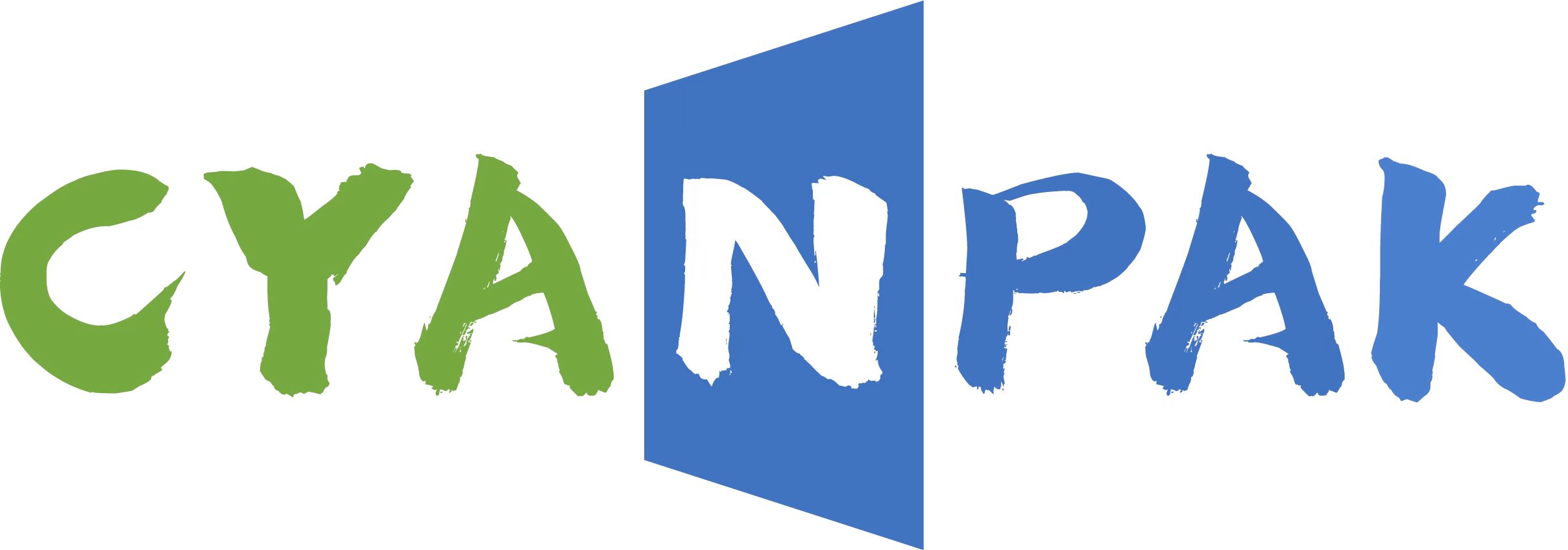Your coffee bag’s various components may hold the key to drawing a customer’s attention.
It might be the style, color scheme, or shape. The name of your coffee is probably a good guess.
The decision of a customer to purchase a coffee can be significantly influenced by the name given to it. Since coffee is a food item, most customers will select the flavor that most appeals to their taste buds.
Many roasters struggle with the choice of whether to experiment with exciting coffee varietals or simply roast for local demand. However, if they give their coffees intriguing names, they might be able to accomplish both.
Why do coffee roasters give their beans names?
In order to differentiate themselves from other roasters in the speciality market, many seek to give their coffees distinctive names.
It’s critical to keep in mind that a consumer’s image of your brand may be influenced by the name you give your coffee. In addition, the name should accurately describe what is contained in the bag.
When it comes to the range of options, coffee is a very special beverage. Like wine, many customers desire a particular experience.
For instance, they can be seeking a calming cup with chocolate undertones or an enticing bright citrus brew.
What themes recur most frequently in specialty coffee names?
Many roasters opt to keep with themes that are already popular within the industry when naming coffee.
Seasonality and occasions like Christmas and Easter are one such theme. Coffees named after seasons are a long-running fad started by the multinational coffee behemoth Starbucks.
Due of its success, a lot of other coffee manufacturers have now adopted a similar strategy.
Starbucks’ recognizable Christmas Blend shines out in its distinctive red bag and is a staple during the holiday season.
The naming of coffee blends after popular sweets or sweet delights is a recurring motif.
To make the coffee more approachable and recognizable, these frequently incorporate flavor characteristics that buyers might discover in the beverage.
For instance, Square Mile Coffee has its distinctive Sweetshop blend, while Tribe Coffee in South Africa has its well-known Chocolate Block blend.
One such subject is seasonality and holidays like Christmas and Easter. Starbucks, the worldwide coffee juggernaut, initiated a long-running trend of giving coffees seasonal names.
Many other coffee producers have now adopted a similar approach as a result of its success.
Starbucks’ well-known Christmas Blend is a seasonal favorite and stands out in its unique red bag.
A common theme is the naming of coffee blends after well-known candies or sweet treats.
These usually include flavor elements that consumers might experience in the beverage in order to make the coffee more approachable and recognized.
For instance, Tribe Coffee in South Africa has its well-known Chocolate Block blend, while Square Mile Coffee has its distinctive Sweetshop blend.
Things to think about when naming coffee
The name you give your coffee can influence sales and brand recognition.
Before publishing the name of your coffee, there are a few things to think about, regardless of whether you choose to name it after a dessert, a season, or a holiday.
Be consistent.
The marketing materials you use and all of your products should maintain the same brand identity. Whether it is focused on a subject, like puddings or desserts, or your brand itself, it is an important part of communicating your company’s ethos, vision, and mission.
Consumer familiarity is facilitated by consistent branding and coffee packaging, which raises the likelihood of repeat business.
Tell the tale that has meaning for you.
The name of the coffee should reflect your company’s commitment to transparency and coffee that is obtained sustainably.
A customer might inquire about the history of their favorite coffee if the name effectively piques their interest.
An alternative is to have coffee bags printed specifically for you, each with a narrative about the producer. This can increase customer awareness of the route a coffee takes from seed to cup and make your coffee bags more appealing.
When it comes to coffee packaging, CYANPAK offers a variety of 100% recyclable choices that can be personalized to reflect the distinctive name of your coffees.
Roasters have a variety of options, all of which reduce waste and support a circular economy, including renewable materials like Kraft paper, rice paper, and multi-layer LDPE packaging with an eco-friendly PLA lining.
Furthermore, by enabling them to create their own coffee bags, we give our roasters total control over the design process.
You can work with our design team to create the ideal coffee packaging.
Additionally, with a quick turnaround time of 40 hours and 24-hour shipping time, we can custom-print coffee bags using cutting-edge digital printing technology.
Micro-roasters may also take advantage of CYANPAK’s low minimum order quantities (MOQs).
In addition, CYANPAK provides low minimum order quantities (MOQs) to micro-roasters who want to maintain flexibility while showcasing their brand identity and environmental commitment.
Post time: Nov-22-2022




